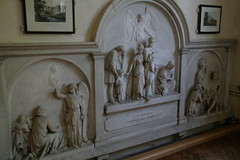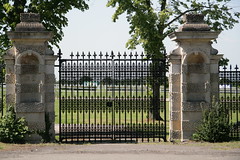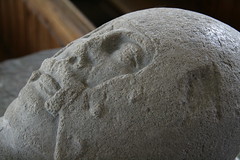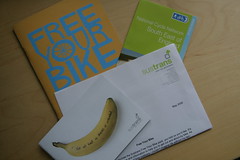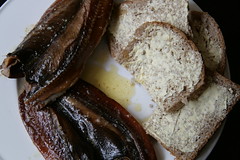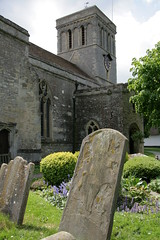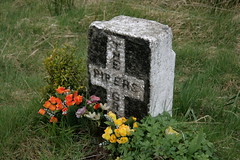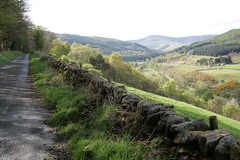I'm back home now, after completing the Coast and Castles ride last week, and it's time to take stock.
On the numbers, I rode a total of 332 miles, including the 200 miles of the route itself, plus an outing to beyond Hexham along the Hadrian Cycleway ,as well as various side trips. That's my highest weekly mileage by a comfortable margin, and it's put me ahead my plans for the year (at last).
Unfortunately, I did put on a bit of weight. It would be nice to ascribe that to developing extra muscle, but the truth has more to do with regular cooked breakfasts and pub food.
The week went more-or-less to plan. I strayed off the route a few times, but never got seriously lost, and my aim of covering 40-50 miles a day turned out to be about the right distance. That made the route itself a five day trip, on top of the journey up to Newcastle and back from Edinburgh.
I had been a bit worried about the facilities to take a bike on the train, but in the event was impressed with how easy it was.
The route itself is lovely, with plenty of interest and variety, and gorgeous scenery. There are no really tough sections. Some of the coastal stretches in Northumberland are not ideal for a road bike, but I only ended up walking and pushing for a short stretch. At that point I could have taken the alternative route along roads, if I hadn't been keen to see that particular part of the coast.
During the week I got a bit better at pacing myself during the day. Early on, I tended to be in a hurry to reach my destination. As I got more confident in the pace I could sustain I got smarter at planning breaks.
The weather was slightly disappointing - a couple of really nice days, quite a lot of grey cloudy periods, one morning of steady rain and one afternoon of cold wind and drizzle. Nothing unmanageable, but it could have been better.
The bike performed well apart from a click that developed in one of the pedals, which was easily fixed by the next bike shop I reached.
It isn't a very hilly route, and the extra weight of luggage was less of a problem than I feared. If anything two full panniers improved handling except at very low speeds, and only really proved a problem on the odd steep hill. Next time, though, I will take a bit more care to keep the weight down. The bike needn't have been so heavy, and it feels very light now without the panniers on the back.
In general I was delighted with the accommodation I found. Obviously, I stayed somewhere different each night, and most were pleasant and hospitable. A couple of places were not up to the high standard of the rest, but nowhere was a real disappointment. I booked the first and last night before I set off, because both were in cities, and the last night coincided with a bank holiday weekend. Apart from those two I rang ahead each evening and booked the next night's stop. I always got a room in my first choice. This was fairly early in the season, and outside school holidays - maybe in the height of summer accommodation would need more forward planning.
Surprisingly, given that they were all right on the Coast and Castles route, the accommodation wasn't all that well prepared to store bikes. Only one had a rack installed, one kept the bike in the dining room overnight, and none of the others had covered storage. I don't think cyclists can form a big proportion of their clientele.
I was also a bit surprised how few places had wireless internet connection, though several said that they were planning to offer it shortly.
Most of the route was already well mapped on Open Street Map. In fact I used the Garmin with OSM Cycle map quite a lot during the week to help stay on track. So thanks are due to everyone who has already plotted the bulk of the route. There were a few gaps around Bamburgh, which I've added this morning, along with some missing link roads, including a chunk of the Hadrian Cycle Way near Hexham and Corbridge.
I did the Hadrian Cycleway at the weekend, and that was well used, but on the Coast and Castles route I didn't meet all that many other cyclists. However, I did meet some lovely people on the way. Their conversation and their company has been part of the delight of the week, and something that I hadn't anticipated beforehand.
So in summary, I'm very pleased with how things have gone. There's nothing of substance that I would do differently. And all that remains is to start planning the next one.

